Imagine walking into a therapeutic session and being greeted not just by your therapist, but by a wagging tail and warm, empathetic eyes. This is a common scenario when therapy animals are involved. Serving as a bridge to communication and catalysts for relaxation, therapy animals play an essential role in many healing processes. These remarkable animals offer not only companionship but also non-judgmental support, often becoming the keystones to patients’ recovery. This post will dive deeper into the fascinating world of therapy animals, exploring their types, the science behind the healing power of pets, and the training they undergo.
The Fundamentals Of Therapy Animals
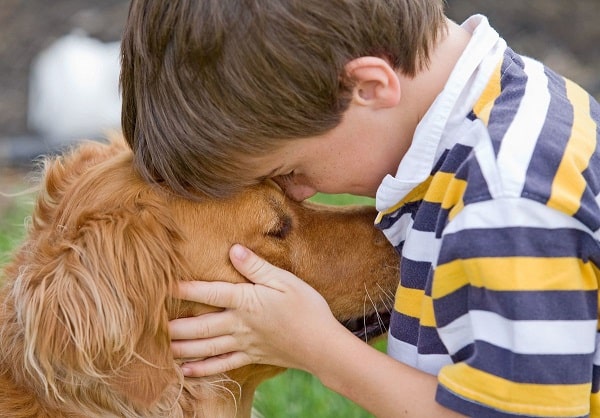
Therapy animals are a unique class of animals that provide comfort, support, and therapeutic benefits to individuals, often those suffering from physical, emotional, or psychological conditions. They come in all shapes and sizes, ranging from the common dogs and cats to less conventional animals like birds or rabbits.
The key element they share is their ability to improve human well-being through companionship and connection. Transitioning from their definition, understanding the science behind therapy animals’ effects is paramount. It’s essential to recognize that therapy animals are not just mere pets; they hold a crucial role in aiding healing and recovery in humans.
The Science Behind Animal-Assisted Therapy
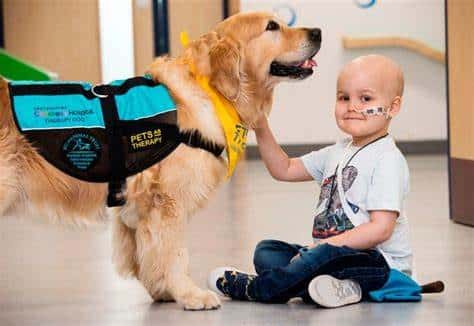
Animal-assisted therapy is more than just a pleasing concept. It is backed by substantial scientific evidence. Interaction with animals has been shown to lower blood pressure, release endorphins, and improve overall mental health. Researchers believe that animals provide a form of social support, promoting active interaction and reducing feelings of loneliness or isolation.
Furthermore, animals serve as an external focus of attention, helping individuals steer away from their own distress and focus on caring for another being. This shift of attention is an effective coping mechanism, reducing stress levels and enhancing mood.
Different Types Of Therapy Animals And Their Roles

Therapy animals play diverse roles depending on their type and the needs of the individual. Dogs, known for their loyalty and companionship, are often employed in a wide range of therapeutic settings. They help individuals cope with conditions like depression, PTSD, and anxiety, among others. With their soothing purrs and soft fur, cats are used in environments where calmness is needed, such as in care homes for the elderly or hospices.
However, dogs and cats are not the only therapy animals. Animals like horses, birds, and even rabbits can also play a role in healing. Each animal’s role varies widely based on their inherent traits and the specific needs of the individuals they serve. On the journey of understanding therapy animals, it’s crucial to recognize the distinct benefits that different animals bring to the therapeutic environment.
The Healing Power Of Dogs
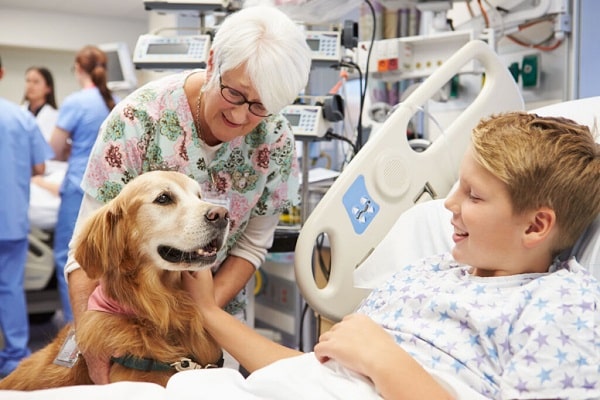
Therapy dogs hold a special place in the realm of animal-assisted therapy. These intuitive creatures are known to uplift spirits, reduce stress, and encourage communication. Scientific studies have found that interaction with dogs can increase levels of oxytocin, a hormone linked to bonding and stress reduction. This connection explains why therapy dogs are so effective in promoting emotional well-being and recovery.
Real-world case studies provide ample evidence of this healing power. From aiding individuals with PTSD to providing comfort in hospitals, schools, and disaster areas, therapy dogs have proven their therapeutic value time and again. Their unconditional love and boundless energy infuse a sense of warmth and happiness that aids healing.
The Soothing Influence Of Cats
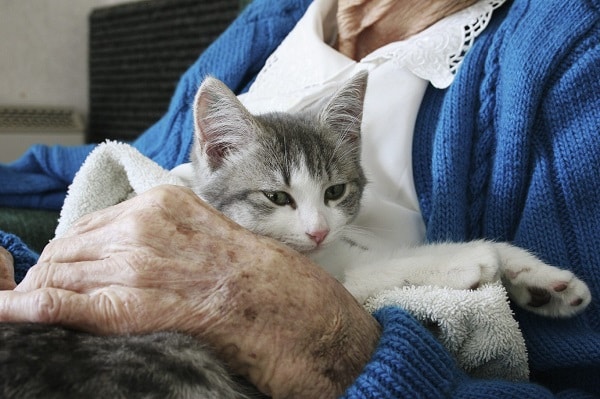
While dogs might be more commonly associated with therapy roles, cats, too, have a significant impact. Known for their calming effect, therapy cats are often used in settings where tranquility is a priority. Their purring has a meditative effect, and their independent yet affectionate nature can provide a soothing companionship that benefits individuals in various therapeutic contexts.
Moreover, real-life stories demonstrate cats’ extraordinary influence. For instance, they’ve been incorporated into care homes where residents may be dealing with loneliness, loss, or memory-related disorders. The soothing presence of a cat can bring immense comfort and provide a sense of normalcy, affirming the therapeutic potential of your feline friends.
The Calming Effect Of Horses
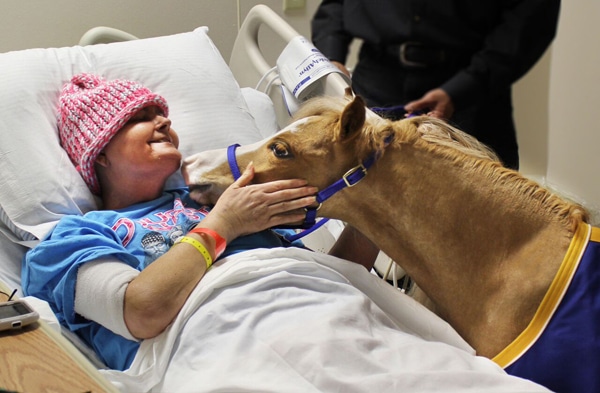
Equine therapy, or the use of horses in therapy, is an emerging field showing promising results. Horses, with their majestic presence and sensitive nature, create a unique therapeutic environment. They mirror human emotions, facilitating a deeper understanding and processing of feelings.
Case studies reveal the transformative impact of horse-assisted therapy. From helping at-risk youth develop resilience and self-esteem to aiding individuals with autism in enhancing social and communication skills, horses’ calming and powerful presence has shown to be effective in various therapeutic settings.
The Unexpected Therapists: Birds, Rabbits, And More
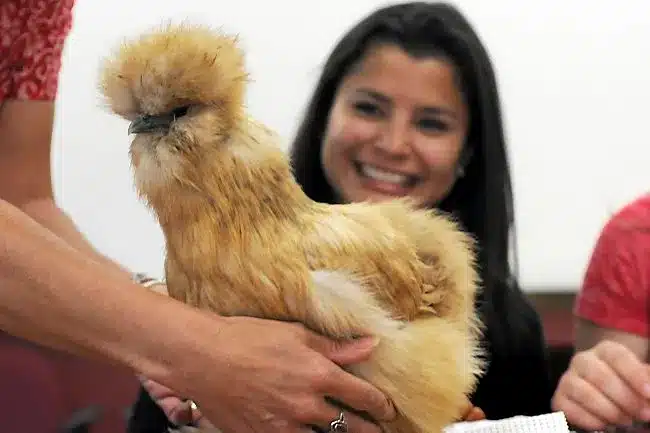
Beyond dogs, cats, and horses, a wide range of animals can serve therapeutic roles. With their melodic songs and vibrant colors, birds can alleviate feelings of loneliness and depression. Rabbits, with their soft fur and peaceful demeanor, have been shown to reduce anxiety and provide a source of comfort.
Real-world examples emphasize these animals’ unique contributions. From birds brightening up elder care facilities to rabbits providing a calming presence in stress-heavy environments, these less common therapy animals have an essential place in animal-assisted therapy. These cases highlight the immense range of possibilities within the field of therapy animals, affirming the therapeutic power of the diverse animal kingdom.
The Process Of Training Therapy Animals
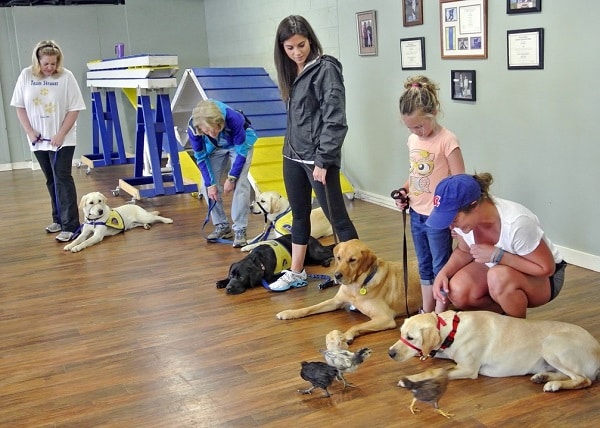
The process of training therapy animals is comprehensive and highly specialized, focusing on cultivating particular skills needed in a therapeutic setting. This training includes teaching animals to be comfortable around different types of equipment, sounds, and people. Importantly, therapy animals need to learn how to remain calm and supportive even in potentially stressful situations. The ultimate goal is to ensure the animal can provide a safe and healing presence to those in need.
In addition to this basic training, many therapy animals receive specialized training to meet the needs of specific patient populations. For instance, some dogs are trained to recognize and respond to anxiety or panic attacks, while others might be trained to support individuals with physical disabilities. This specialized training further highlights the significance of therapy animals and the extensive preparation they undergo to fulfill their roles.
How To Access Animal-Assisted Therapy
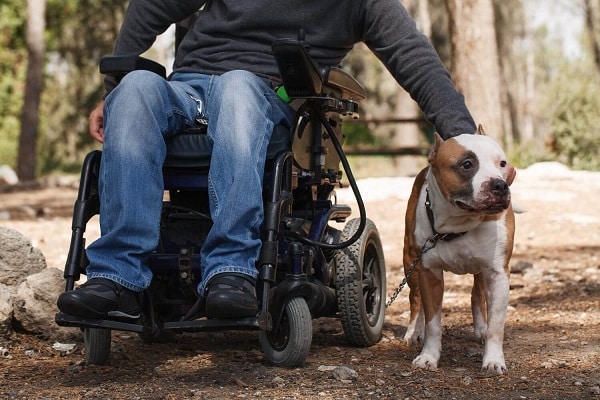
For those considering the benefits of animal-assisted therapy, knowing how to access these services is important. Many hospitals, rehabilitation centers, and mental health facilities now offer programs that include therapy animals. There are also organizations that provide home visits or group sessions with therapy animals, offering a range of options depending on individual needs and comfort levels.
Moreover, therapy animals are not limited to formal healthcare settings. Schools, universities, and even workplaces are increasingly recognizing the value of therapy animals and are incorporating them into their environments to reduce stress and improve well-being. The use of therapy animals is expanding, further proving their therapeutic potential and the positive impact they can have in diverse settings.
Take Advantage Of The Healing Power Of Pets With Therapy Animals!
From dogs and cats to horses and even birds, therapy animals’ healing power is indisputable. They not only offer companionship and comfort but also become integral components of therapeutic processes, aiding physical recovery, emotional healing, and psychological well-being. The recognition and integration of therapy animals into various health and wellness contexts is a testament to our evolving understanding of holistic healing. As the world continues to uncover the myriad benefits of animal-assisted therapy, it’s exciting to imagine a future where therapy animals are commonplace, bringing comfort and healing to those in need!